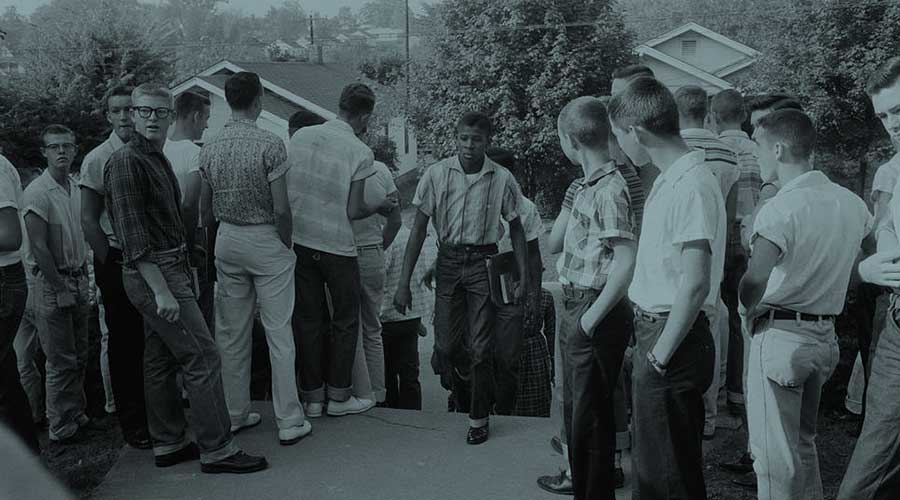As Black History Month kicks off this February, it is important to bring awareness to monumental moments in history that have deeply impacted Black Americans. A pivotal year for the Civil Rights movement was 1954, when the U.S. Supreme Court ruled on the cornerstone of equity: Brown v. Board of Education. The case determined that racial segregation is inherently unequal, and is therefore unconstitutional under the 14th Amendment.
For a more holistic understanding of the history of school desegregation in America, watch a video from this playlist curated by Robert F. Smith:
The fight for equal education in America continues today. And many public schools have become re-segregated, according to Nikole Hannah-Jones, a New York Times journalist and the creator of the 1619 Project. But the history of desegregation and the bravery of the students, parents, lawmakers and educators who fought for equality must be preserved and remembered even as contemporary efforts for educational equity are ongoing.
Desegregation Integrated Schools
School districts across the U.S. began implementing bussing as a means to make education more equitable. In the years following the Brown v. Board of education ruling buses were implemented to integrate school campuses. Schools in majority white communities often had more resources and better teachers than minority schools because of the significant socio-economic disparity between Black and white families and neighborhoods. Busing was supposed to create opportunities for Black students to receive higher quality education and get better jobs. But, it was never about bussing itself, the root issue was about a lack of opportunity and resources.
Racial integration in schools got a slow start because even though segregation was technically outlawed, Black and white families still lived in segregated neighborhoods. For instance, by the mid-1960’s, less than 5% “of African American children attended integrated schools,” in North Carolina. It wasn’t until 1971 when the Supreme Court ruled to uphold mandatory “busing” programs in the Swann v. Charlotte-Mecklenburg Board of Education case that the U.S. began to accelerate the process of racial integration in schools.
How Busing Impacted Robert F. Smith’s Education
In Robert F. Smith’s commencement address to Morehouse College in 2019, he tells the graduates about growing up in Denver, Colorado where, according to The Atlantic, his neighborhood’s public school likely had “the oldest books and the most inexperienced teachers.” In 1969, the city began to implement busing, and shortly thereafter a young Smith rode Bus No. 13 to a better-resourced school. This was despite the fact that an arsonist had attempted to derail the desegregation process in 1970 by destroying one-third of Denver’s bus fleet.
The program gave Smith the opportunity to receive a formative quality educational experience. This led him to become an Ivy League graduate of Cornell University and later the founder of a leading global investment firm. Now, Smith uses his platform to support the education and careers of future generations of Black Americans. For instance, Smith paid off the student loan debt of the Morehouse College Class of 2019. Additionally, he personally donated $50 million in October 2020 to support the launch of Student Freedom Initiative — a student-centered single-purpose nonprofit dedicated to relieving students of color from the burden of loan debt after college, according to the website.
Those who would like to learn more about desegregation and explore other key moments in Black history should listen to the Webby Award-winning video podcast Black History in Two Minutes.






